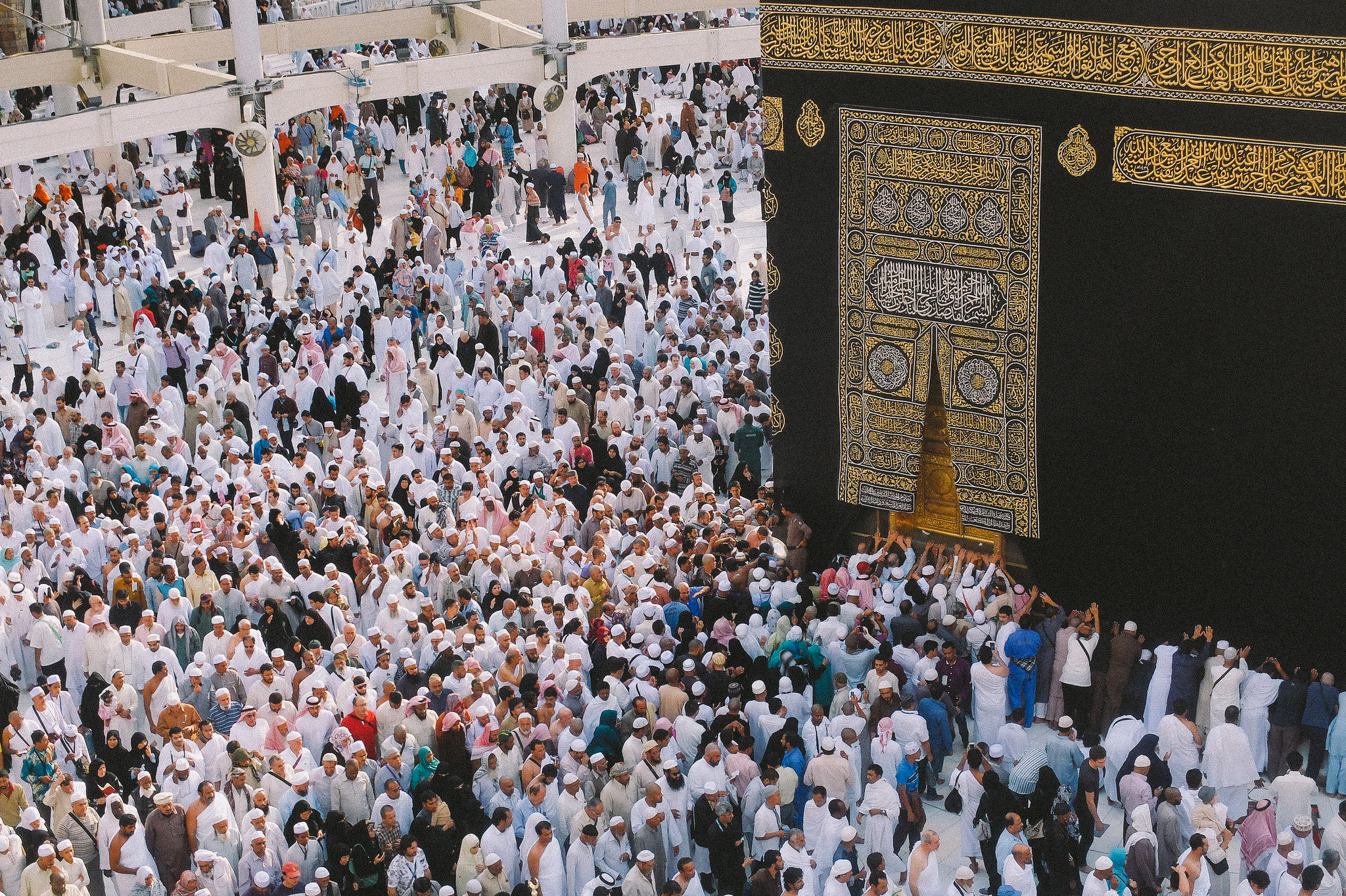Saudi Arabia’s first women’s fashion show was held by the Nafisat Shams Al Biqa’ Academy in Jeddah last month, despite a restricted audience, clerical resistance, and a mixed reaction from the Saudi public. Nevertheless, it remains a breakthrough for Saudi fashion designers and for Saudi women in general.
On Tuesday March 24, 2009, on the west coast of Saudi Arabia, the city of Jeddah witnessed the first women’s fashion show ever held in the country. The event came after the organizers had finally succeeded in getting the official consent from the authorities. The show was organized by the Nafisat Shams Al Biqa’ Academy in Jeddah and came as the closing ceremony of the Saudi fashion designer contest, which was the first competition of its kind in the Kingdom.
However, the show was not to be taped or photographed, not even with mobile phone cameras, and attendance was limited to women only. Models also followed a moderate Islamic dress code, appearing in abayas, long dresses, headscarves, jeans, etc. “Taking photographs during Saudi Arabia’s first authorized fashion show was strictly outlawed under Islamic law,” a model says. Another model taking part in this fashion show said “no paparazzi or cameras were present as models showed off new Western and Oriental fashion trends to an all-female audience”. Susan Shamy, the director of the Nafisat Shams Al Biqa’ Academy, confirmed her company organized the event so it would strictly follow Islamic law. While Saudi Arabia has previously hosted fashion events, those events were traditionally bazaars rather than fashion shows.
Susan Shamy considered the show as huge success for the Saudi woman, “We faced no difficulties or obstacles in holding this fashion show; I think maybe because we ourselves have put the conditions in which we insisted on abiding by the general morals, the cultural traditions of our society, and the teachings of religion. We are the ones who asked for disallowing cameras or mobile phones, and we organized within the pre-condition of allowing only women in the show.”
One hundred and twenty Saudi girls participated in the competition. Wijdan Al Sharyofi won the first prize and became the best Saudi fashion designer receiving 100,000 SAR. Designer Wud Rohaimi came in second and received 75.000 SAR, with third place and 50.000 SAR going to designer Hala Attya.
“Out of 120 designers, 28 contestants qualified to the final stage of the competition,” said general supervisor of the competition, Rola Basamad, “the contestants were selected carefully after their presentation before a committee of specialists in fashion design.” She also added, “During the contest, all the girls were magnificent and beautiful while maintaining simplicity in style and harmonizing between the Islamic dress codes and the global fashion standards.”
During the closing ceremony, the first-prize winner Wijdan Al Sharyofi looked proud of her achievement, “I was confident and expected a win from the start. I did my best and used creative and modern styles in my design and this gave me the privilege to win this honor.” Wijdan’s mother shared her daughter’s delight, “My daughter deserved to win, although I did not expect it in advance, but after I saw her designs at the ceremony, I knew that my daughter deserves the title and Thank God she did.”
The show, including the models and the designers, won the admiration of the audience, who came from different regions of Saudi to attend. The designers and the models said that they do not dream of universality and fame. They stated that the fashion show and industry in Saudi Arabia is different from fashion shows and designers in the West in both concept and criteria, exactly like each culture has its special customs, beliefs, and lifestyles. “A fashion show in Saudi Arabia is different from anywhere else,” the model said, “We only take part in this after making sure no cameras will be allowed.”
On the other hand, the event received mixed reactions in Saudi Arabia. Some people applauded the initiative calling it a brave step in a bright future of Saudi women who are struggling to get equal rights. Other groups, who think that such events prove the influence of Western culture, criticized the show; for them, Western culture corrupts Saudi society, especially its women. Still other groups focused on the issue of media censorship and either praised or criticized it.
Regarding media censorship, especially pictures and videos, it is not a coincidence that the no-camera rule was applied in this show. A few weeks ago, several Saudi religious clerics called on Saudi Minister of Culture and Media ‘Abd Al-‘Aziz Khouja to ban women from appearing in the media. Thirty-five Saudi clerics warned against what they called violations of Islamic law in the media and urged the minister to ban screening of women dancing, singing, presenting news items or talking, whether in Arabic or a foreign language. “It is forbidden to show pictures of women in Saudi newspapers and magazines, whatever the reason,” they said in a statement. The clerics based their statement on a document from the year 2000 issued by the prime minister, which said women should not be employed in jobs that did not suit their nature, or in jobs that would lead them to mix with men.
All in all, the event is a breakthrough for Saudi designers and Saudi women in general for many reasons. It reflects progress with women’s issues in a country where women’s rights organizations and activists are still campaigning for basic rights: the right to drive, travel without a “chaperone” or a male family member, and pass on citizenship to their children or spouse.
(Photo: viewerblur via flickr under a Creative Commons license)
Ahmad Ghashmary is a Contributing Writer to Altmuslimah.




